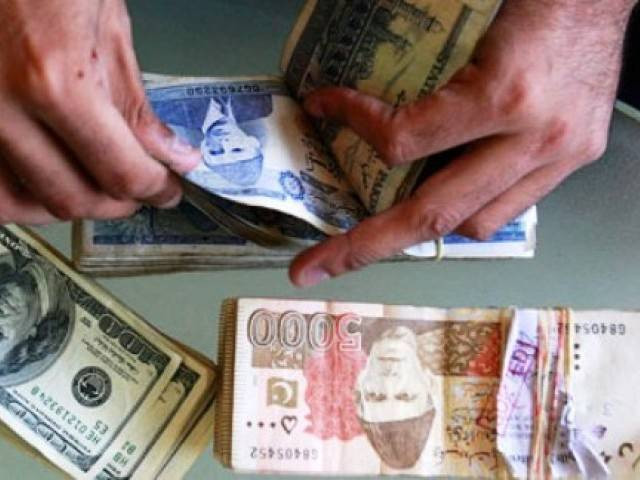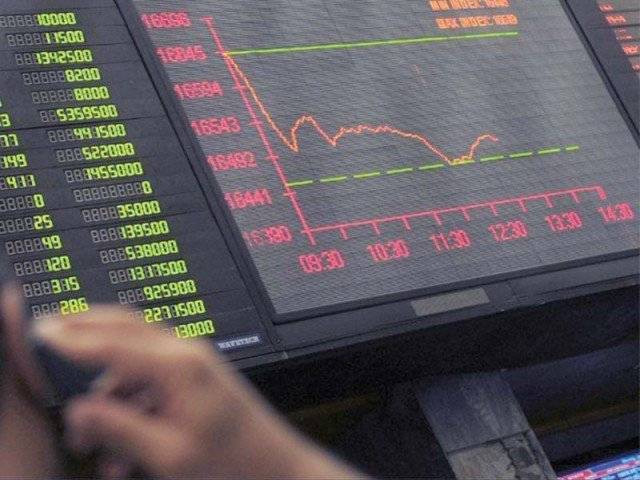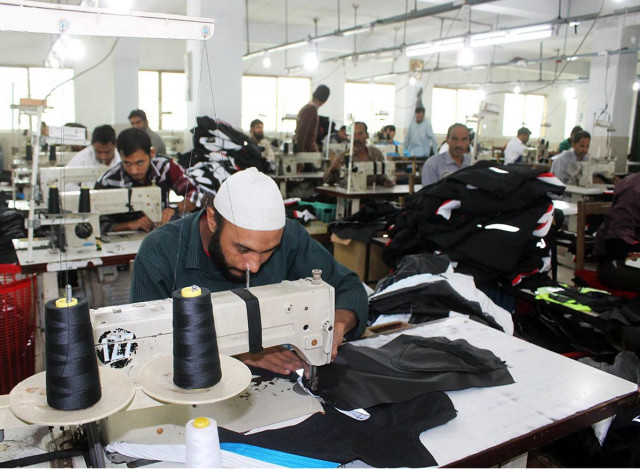Business
The summer box office sizzled, but brace for a cooldown until November

Movie stills from Disney’s “Lilo & Stitch” and “Fantastic Four” and Warner Bros. Discovery’s “Superman.”
Courtesy: Disney | 20th Century Studios | Marvel Studios | Warner Bros. Discovery
Superheroes, dinosaurs and a genetically altered alien dog helped propel the summer box office haul above 2024 levels, but that momentum is about to stall.
Heading into the final stretch of the summer season — which started the first weekend in May and wraps up on Labor Day — the domestic box office is expected to reach at least $3.75 billion, according to data from Comscore. That’s about a 2% uptick from the previous summer.
Hollywood had hoped the 2025 summer would be a return to form for the box office, reaching the $4 billion mark, which had become the standard prior to the pandemic. Ticket sales reached that figure in 2023, thanks to the powerhouse team up of Warner Bros.’ “Barbie” and Universal‘s “Oppenheimer.” However, the the past two summers have borne the brunt of production shutdowns caused by the dual writers and actors strikes two years ago.
Last summer, Disney and Pixar’s “Inside Out 2” and Marvel’s “Deadpool & Wolverine” helped buoy the May-to-August season to $3.67 billion, much higher than box office analysts had predicted earlier in the year.
Summer box office tallies
- 2024 — $3.7 billion
- 2023 — $4 billion
- 2022 — $3.4 billion
- 2021 — $1.7 billion
- 2020 — $176.2 million
- 2019 — $4.3 billion
- 2018 — $4.4 billion
- 2017 — $3.8 billion
- 2016 — $4.4 billion
- 2015 — $4.4 billion
- 2014 — $4 billion
- 2013 — $4.7 billion*
- 2012 — $4.2 billion
* Record summer box office revenue
Source: Comscore
Hollywood had hoped that the combination of major franchise titles — a new entry from the “Jurassic World” series alongside reboots of Superman and the Fantastic Four — would be enough to fuel the 2025 summer stretch to the $4 billion mark. Yet, none of those films generated more than $350 million domestically.
In fact, the highest-grossing film of the summer has been Disney’s live-action remake of “Lilo & Stitch,” which has tallied $421 million domestically as of Sunday. The second-highest is “Superman,” which stands at $340 million.
In previous summers, top films like “Inside Out 2,” “Barbie” and “Top: Gun Maverick” each brought in at least $600 million in ticket sales.
“What started with a historic Memorial Day weekend gave way to a mix of underperformers and crowd-pleasing hits,” said Shawn Robbins, director of analytics at Fandango and founder of Box Office Theory. “The back half of the season rebounded with several blockbusters and sleeper hits, but we continue to see audiences are highly selective when a barrage of franchise movies is out there despite many of those films generating positive reviews. Some connect in a big way, while others simply don’t catch on.”
Still, movie theater operators reported solid audience numbers and ticket sales during the second quarter, which included May and June box office figures.
“As to the strengthening industrywide box office, we firmly believe that this was not a short-lived spike, but rather, the beginning of a sustained and powerful resurgence for our entire industry,” Adam Aron, CEO of AMC, said during an earnings call last week.
Similarly, Cinemark CEO Sean Gamble noted during the company’s earnings call earlier this month that the April release of “A Minecraft Movie,” which ran well into the summer months, alongside “a steady stream of highly compelling new releases week after week, ignited a surge of summer moviegoing momentum.”
But he also warned that, as is typical in the theatrical business, August and September at the box office tend to “de-throttle a little bit.”
That is certainly the case this year, as well, but it is likely to extend well into October as well. While “Tron: Ares” and “Mortal Kombat II” are expected to draw in audiences during that month, box office analysts don’t expect a major breakout hit until late November.
“The post-summer corridor is looking a bit bereft of standout blockbusters,” said Paul Dergarabedian, senior media analyst at Comscore. “We’ll have to rely on the cumulative success of some low to mid-range performers along with what looks to be a really nice selection of awards caliber and indie films. That said, we may want to brace ourselves for a few fallow weeks at the box office.”
AMC’s Aron noted that the upcoming third-quarter box office will be “so-so given some seasonal, but not alarming softness,” but told investors to “hold onto your hats for the size of the box office in the fourth quarter.”
The turning point is expected to come Nov. 21 with the release of Universal’s “Wicked: For Good.” The highly anticipated sequel to last year’s hit “Wicked” is expected to open to over $100 million and steadily collect ticket sales through the rest of the year at the box office.
“Zootopia 2” arrives for the Thanksgiving holiday and is also expected to exceed $100 million during its opening frame.
“Avatar: Fire and Ash” will cap off the year and is expected to bolster the box office during the first few weeks of 2026.
“The final months of the year have potential to be nothing short of stellar,” Robbins said.
Disclosure: Comcast is the parent company of NBCUniversal, Fandango and CNBC.
Business
Women in banking: SBI aims for 30% female workforce by 2030; steps up inclusion and health initiatives – The Times of India

The State Bank of India (SBI) has set a target to raise the share of women in its workforce to 30 per cent by 2030 as part of a broader push to strengthen gender diversity and inclusivity across all levels of the organisation.SBI Deputy Managing Director (HR) and Chief Development Officer (CDO) Kishore Kumar Poludasu told PTI that women currently account for about 27 per cent of the bank’s total workforce, though the figure rises to nearly 33 per cent among frontline staff.“We will be working towards improving this percentage so that diversity gets further strengthened,” Poludasu said, adding that the bank is taking targeted measures to bridge the gap and meet its medium-term diversity goal.With a staff strength of over 2.4 lakh — among the highest for any organisation in the country — SBI has rolled out several initiatives aimed at creating a workplace where women can thrive professionally while maintaining work-life balance.Among the women-centric measures, the bank offers creche allowances for working mothers, a family connect programme, and dedicated training sessions to help women re-enter the workforce after maternity, sabbatical, or extended sick leave.Poludasu said SBI’s flagship initiative, Empower Her, is designed to identify, mentor, and groom women employees for leadership roles through structured leadership labs and coaching sessions. The programme aims to strengthen the pipeline of women leaders across the organisation.The bank has also introduced wellness initiatives tailored to women’s health needs, including breast and cervical cancer screenings, nutritional allowances for pregnant employees, and a cervical cancer vaccination drive.“These programmes are designed keeping in mind the women and girls who are employed in the bank,” Poludasu said, adding that SBI remains committed to fostering an inclusive, secure, and empowering workplace.Currently, the lender operates over 340 all-women branches across India, and the number is expected to increase in the coming years.SBI, one of the world’s top 50 banks by asset size, has also been recognised among India’s best employers by multiple organisations. Poludasu said the bank continues to drive innovation across processes, technology, and customer experience while ensuring that diversity and inclusion remain central to its transformation journey.
Business
Trade talks: India, EU wrap up 14th round of FTA negotiations; push on to seal deal by December – The Times of India

India and the 27-nation European Union (EU) have concluded the 14th round of negotiations for a proposed free trade agreement (FTA) in Brussels, as both sides look to resolve outstanding issues and move closer to signing the deal by the end of the year, PTI reported citing an official.The five-day round, which began on October 6, focused on narrowing gaps across key areas of trade in goods and services. Indian negotiators were later joined by Commerce Secretary Rajesh Agrawal in the final days to provide additional momentum to the talks.During his visit, Agrawal held discussions with Sabine Weyand, Director General for Trade at the European Commission, as both sides worked to accelerate progress on the long-pending trade pact.Commerce and Industry Minister Piyush Goyal recently said he was hopeful that the two sides would be able to sign the agreement soon. Goyal is also expected to travel to Brussels to meet his EU counterpart Maros Sefcovic for a high-level review of the progress made so far.Both India and the EU have set an ambitious target to conclude the negotiations by December, officials familiar with the matter said, PTI reported.Negotiations for a comprehensive trade pact between India and the EU were relaunched in June 2022 after a hiatus of more than eight years. The process had been suspended in 2013 due to significant differences over market access and tariff liberalisation.The EU has sought deeper tariff cuts in sectors such as automobiles and medical devices, alongside reductions in duties on products including wine, spirits, meat, and poultry. It has also pressed for a stronger intellectual property framework as part of the agreement.For India, the proposed pact holds potential to make key export categories such as ready-made garments, pharmaceuticals, steel, petroleum products, and electrical machinery more competitive in the European market.The India-EU trade pact talks span 23 policy chapters covering areas such as trade in goods and services, investment protection, sanitary and phytosanitary standards, technical barriers to trade, rules of origin, customs procedures, competition, trade defence, government procurement, dispute resolution, geographical indications, and sustainable development.India’s bilateral trade in goods with the EU stood at $136.53 billion in 2024–25, comprising exports worth $75.85 billion and imports valued at $60.68 billion — making the bloc India’s largest trading partner for goods.The EU accounts for nearly 17 per cent of India’s total exports, while India represents around 9 per cent of the bloc’s overall exports to global markets. Bilateral trade in services between the two partners was estimated at $51.45 billion in 2023.
Business
Telcos network costs rise: Gap between expenditure and revenue exceeds Rs 10,000 crore; COAI flags rising network investment burden – The Times of India

The gap between telecom operators’ network expenditure and revenue continues to widen, prompting industry body COAI to defend calls for higher mobile tariffs, citing the increasing financial burden of network deployment on service providers.Speaking at the India Mobile Congress, Cellular Operators Association of India (COAI) Director General, SP Kochhar, told PTI that while the government has provided significant support to telecom operators through policies such as the right of way (RoW), several authorities continue to levy exorbitant charges for laying network elements.“Earlier, the gap until 2024 for infrastructure development and revenue received from tariffs was around Rs 10,000 crore. Now it has started increasing even further. Our cost of rolling out networks should be reduced by a reduction in the price of spectrum, levies etc. The Centre has come out with a very good ROW policy. It is a different matter that many people have not yet fallen in line and are still charging extremely high,” Kochhar said.He also defended the recent cut in data packs for entry-level tariff plans by select operators, stressing that the move was necessary given competitive pressures.Kochhar pointed out that competition among the four telecom operators remains intense, and there has been no significant trend suggesting that consumers are shifting towards low-cost data options.“There is a need to find ways to make high network users pay more for the data. Seventy per cent of the traffic which flows on our networks is by 4 to 5 LTGs (large traffic generators like YouTube, Netflix, Facebook etc). They pay zero. Nobody will blame OTT but they will blame the network. Our demand to the government is that they [LTGs] should contribute to the development of networks,” Kochhar said.He added that the investments made by Indian telecom operators are intended for the benefit of domestic consumers and are not meant to serve as a medium for profit for international players who do not bear any cost.
-

 Tech6 days ago
Tech6 days agoI’ve Tested Countless Mesh Systems. Here Are the Routers I Recommend
-

 Tech1 week ago
Tech1 week agoAmazon Prime Big Deal Days Is Next Week, but We Already Found 40 Early Deals
-

 Tech1 week ago
Tech1 week agoAll Hail the Surprisingly Versatile Packing Cube! These Are Our Favorites
-

 Tech6 days ago
Tech6 days agoJony Ive Says He Wants His OpenAI Devices to ‘Make Us Happy’
-

 Tech1 week ago
Tech1 week agoAI in an ‘industrial bubble’ but will benefit society: Bezos
-

 Business7 days ago
Business7 days agoInvestors are packing up; Pakistan must ask why | The Express Tribune
-

 Tech1 week ago
Tech1 week agoAmazon is overhauling its devices to take on Apple in the AI era
-

 Tech1 week ago
Tech1 week agoCombat Dry Indoor Winter Air With a New Humidifier












